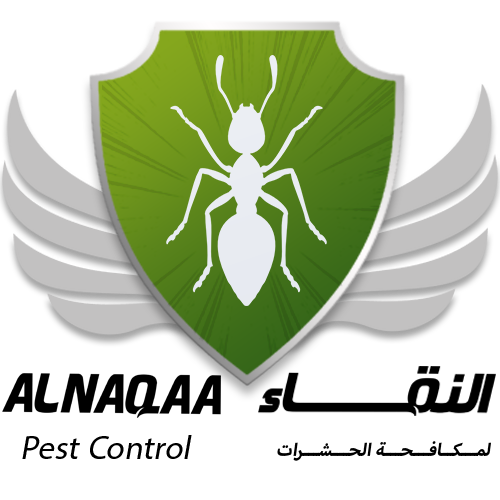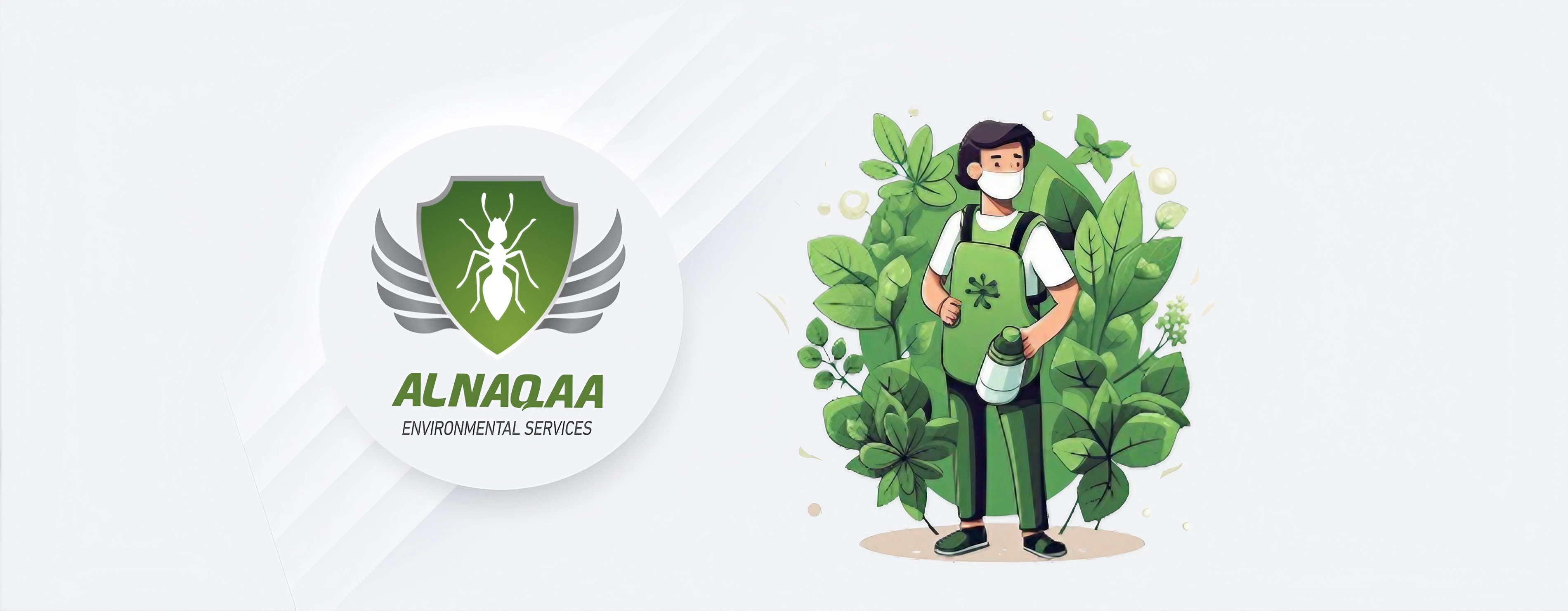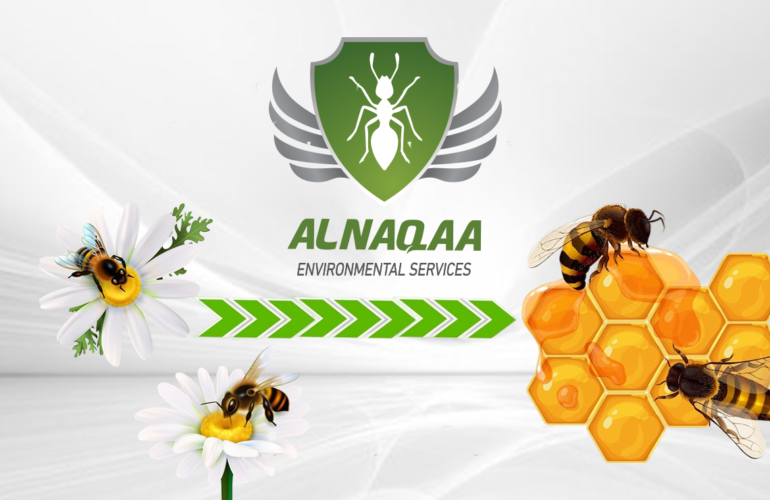Green Pest Control and Organic Pesticides
As environmentally acceptable alternatives to traditional pest management techniques, green pest control and the use of organic insecticides have attracted a lot of interest. This article examines the idea of “green pest control,” various organic pesticides, how efficient they are at managing pests, and how to use.
Green pest control and sustainability are closely related concepts that focus on minimizing the environmental impact of pest management practices while ensuring effective pest control. Traditional pest control methods often rely on chemical pesticides, which can have adverse effects on human health and the environment. Green pest control aims to address these concerns by adopting eco-friendly and sustainable approaches.
Here are some key aspects of green pest control and its connection to sustainability:
1. Integrated Pest Management (IPM): Green pest control emphasizes the use of Integrated Pest Management, which is a comprehensive approach to pest control that focuses on prevention, monitoring, and targeted treatments. IPM involves understanding the pest’s biology and behavior, implementing preventive measures, and using non-chemical control methods such as biological controls, traps, and physical barriers. This reduces the reliance on chemical pesticides and minimizes their impact on the environment.
2. Reduced Chemical Usage: Green pest control practices prioritize the use of low-toxicity or non-toxic pest control products. This includes the use of botanical insecticides derived from plants, microbial-based pesticides, and insect growth regulators that specifically target pests without harming beneficial organisms. By reducing chemical usage, green pest control helps protect biodiversity and prevents the contamination of soil, water sources, and the overall ecosystem.
3. Environmental Impact: Sustainable pest control practices take into account the potential impact on ecosystems, wildlife, and non-target organisms. Green pest control methods aim to minimize harm to beneficial insects, birds, and other wildlife that play a role in natural pest control. By preserving the natural balance of ecosystems, green pest control contributes to overall environmental sustainability.
4. Long-Term Solutions: Green pest control focuses on long-term solutions rather than quick fixes. Instead of merely suppressing pest populations temporarily, sustainable pest management strategies aim to address the root causes of pest problems. This may involve identifying and eliminating pest entry points, improving sanitation practices, and implementing habitat modifications to discourage pests from infesting a particular area.
5. Education and Awareness: Promoting education and awareness about green pest control among professionals, homeowners, and the general public is essential for achieving sustainable pest management practices. By spreading knowledge about alternative pest control methods and the importance of biodiversity conservation, individuals can make informed decisions and contribute to a more sustainable approach to pest control.
Adopting green pest control practices aligns with broader sustainability goals by reducing reliance on harmful chemicals, protecting ecosystems, and promoting long-term ecological balance. By prioritizing the health of the environment and human well-being, green pest control contributes to a more sustainable and ecologically responsible approach to pest management.
1. Comprehending Green Pest Management
The goal of green pest control is to manage pests while causing the least amount of damage possible to ecosystems and unintended creatures. As the first line of defense against pests, it places an emphasis on prevention, monitoring, and the use of non-chemical management measures. Natural-source organic insecticides are essential for environmentally friendly pest management.
2. Organic Pesticide Types
Organic insecticides are made from natural materials like bacteria, minerals, and plant extracts. They provide a safer and more environmentally friendly substitute for typical synthetic insecticides. Typical organic insecticides include the following:
a. Botanical Pesticides: Made from plants like neem oil, pyrethrum, and rotenone, botanical pesticides are efficient against a variety of pests and have little toxicity toward people and other organisms that aren’t the intended targets.
b. Microbial Pesticides: These pesticides target certain pests with little damage to people, animals, or beneficial insects by utilizing helpful bacteria like Bacillus thuringiensis (Bt) or Beauveria bassiana.
c. Mineral-Based Pesticides: Organic pesticides can be made from minerals including sulfur, copper, and diatomaceous earth. They use chemical or physical ways to disturb the physiology of pests or build barriers to keep them out.
d. Insect Growth Regulators (IGRs): These compounds prevent insects from growing, developing, or reproducing. IGRs have little effect on beneficial insects and are very specific to specific pest groups.
e. Pheromone Traps and Repellents: Pheromones are organic molecules that insects release naturally. They can be utilized to lure pests into traps or interfere with their mating rituals. Without using chemicals, these techniques aid in the monitoring and management of pest populations.
1. Efficiency of Organic Pesticides
Organic pesticides can be effective in pest management when used correctly. However, their efficiency depends on various factors, including target pest species, application timing, and proper usage. Key points regarding their efficiency include:
Targeted insect Control
a. Organic pesticides frequently show specificity towards certain insect species or groups. For the best organic insecticide to be used, the target pest must be accurately identified.
b. Integrated Pest Management (IPM): When used as part of a comprehensive IPM strategy, organic pesticides are most effective. Organic insecticides work better when combined with other pest control methods such as cultural practices, biological management, and physical barriers.
c. Application Timing and Monitoring: Organic pesticides should be used at certain stages of the pest’s life cycle or when the pest is most vulnerable. Regular pest population monitoring aids in figuring out when to treat, minimizing the need for overuse of pesticides.
d. Appropriate Application Techniques: It’s crucial to apply organic pesticides according to the manufacturer’s directions and suggested rates. Ineffective dose or application methods have the potential to contaminate the environment.
e. Environmental Considerations: Compared to synthetic pesticides, organic pesticides are typically less hazardous and less lasting. They nevertheless have the potential to harm helpful insects, aquatic life, and other non-target animals. For unintentional harm to be minimized, the environmental impact of the pesticide must be properly taken into account.
4. Use of organic pesticides properly
Following the right usage instructions will maximize the effectiveness of organic insecticides while lowering any potential risks:
a. Read and Follow Directions: Carefully read the product labels and adhere to all dose, timing, application, and safety precautions directions.
b. Targeted Application: Rather of broad-spraying organic insecticides, apply them specifically to plants or places where pest infestations are present.
c. Apply organic pesticides in calm weather conditions, ideally in the early morning or late evening when beneficial insects and pollinators are less active. Avoid applying during strong winds or heavy rain.
d. Protective Clothing and Equipment: When handling and applying organic pesticides, wear the proper protective clothing, including gloves, goggles, and masks. Direct contact and related health concerns are reduced as a result.
e. Storage and Disposal: Keep organic pesticides in their original containers and keep them out of the reach of kids, pets, and food. Empty containers should be disposed of according to proper disposal procedures or recycling initiatives.
Alternatives to traditional pest management that are less harmful to the environment include green pest control and the use of organic insecticides. Alnaqaa for environmental services and Pest Control, Ras Al-Khema, United Arab Emirates, will help you understand the many organic pesticide varieties, their effectiveness, and proper administration instructions that control pests while limiting your negative environmental impact. The effectiveness of organic pesticides can be increased by including them in comprehensive pest management strategies like IPM (Integrated Pest Management). Keep in mind that using organic pesticides responsibly and sensibly is essential for promoting sustainable pest management techniques and protecting the environment.






